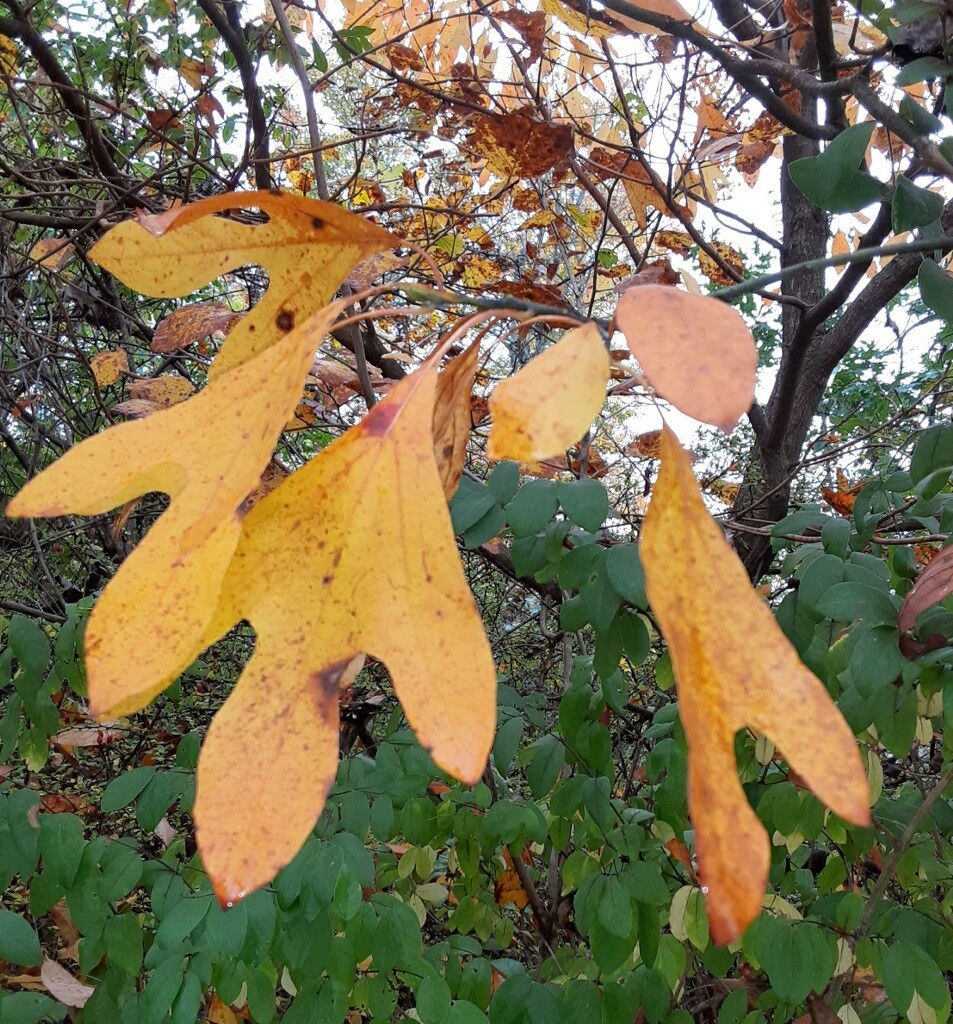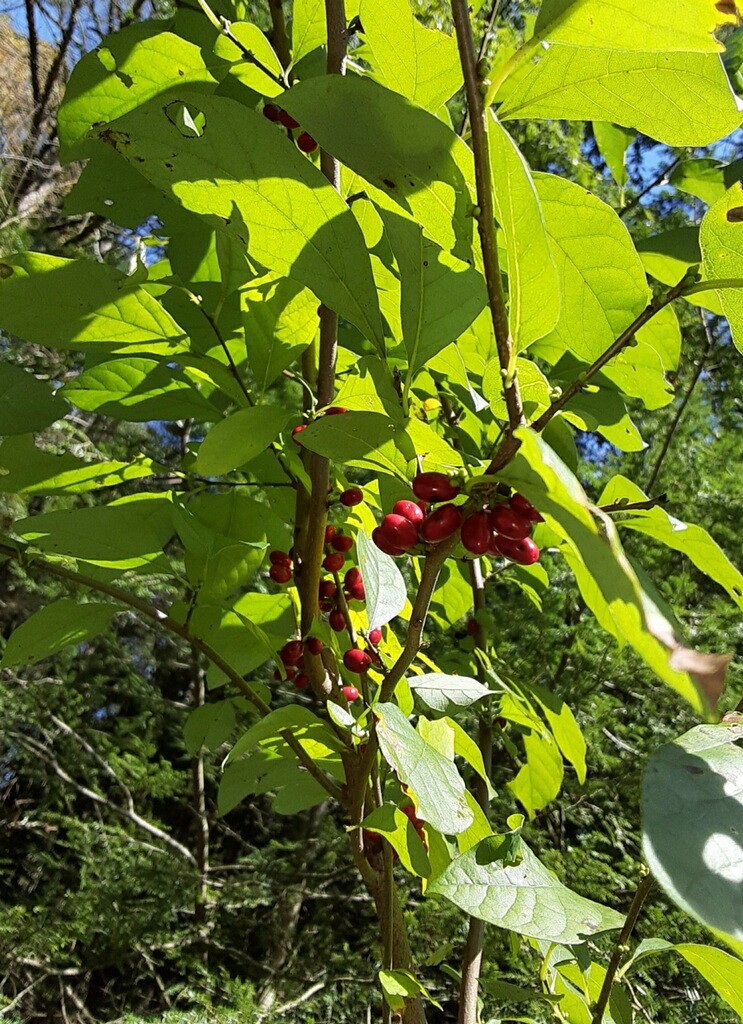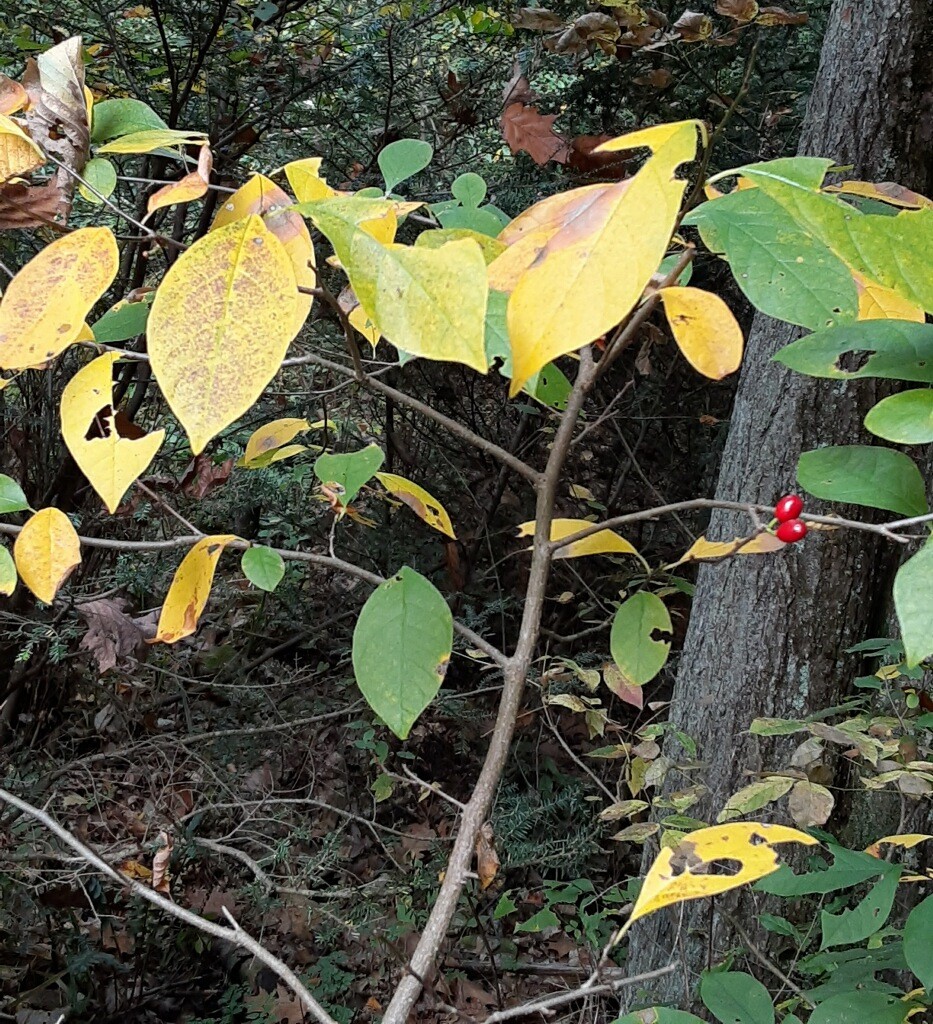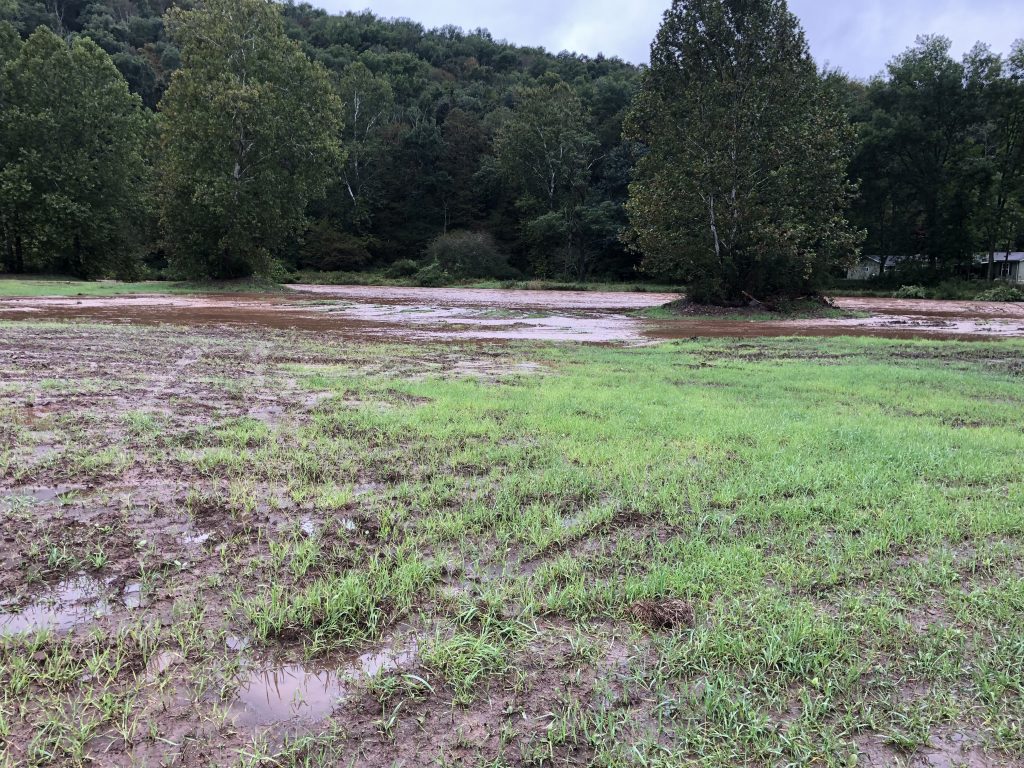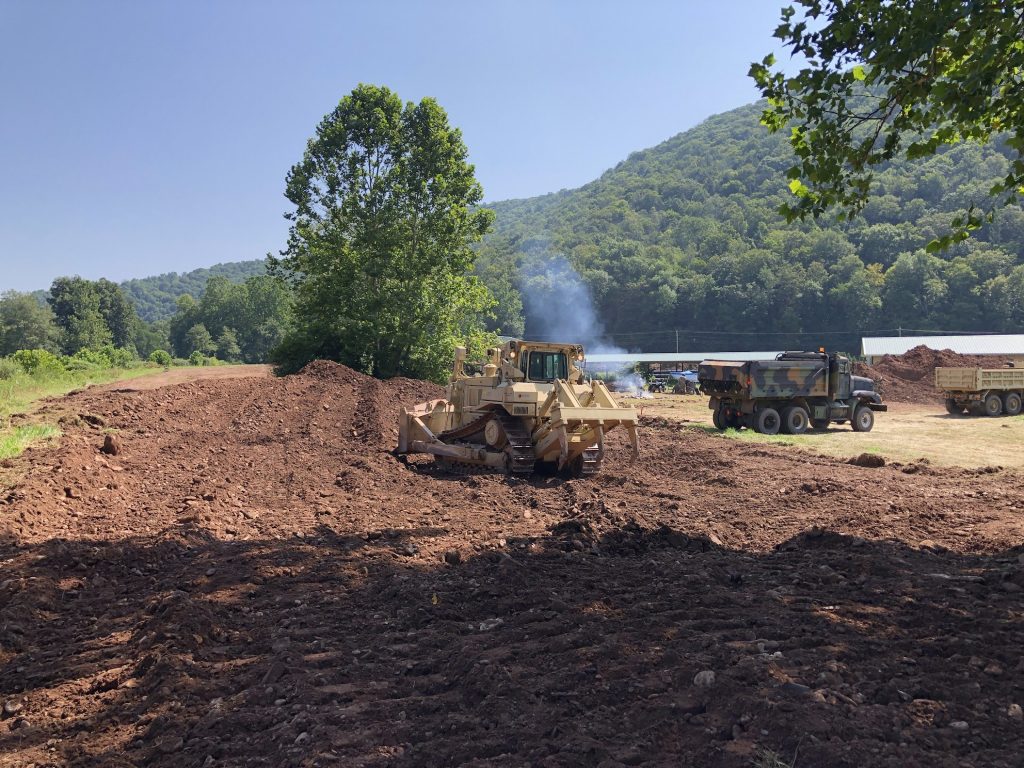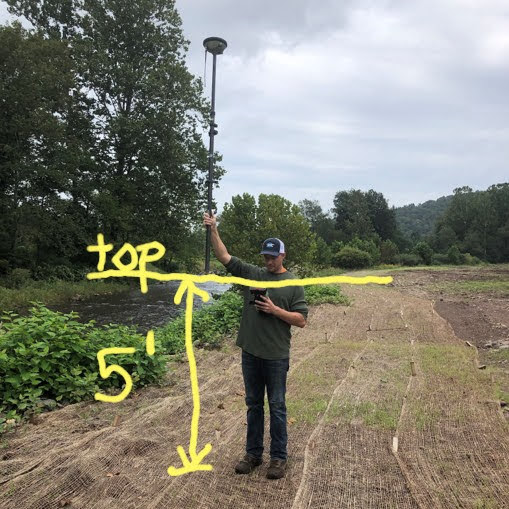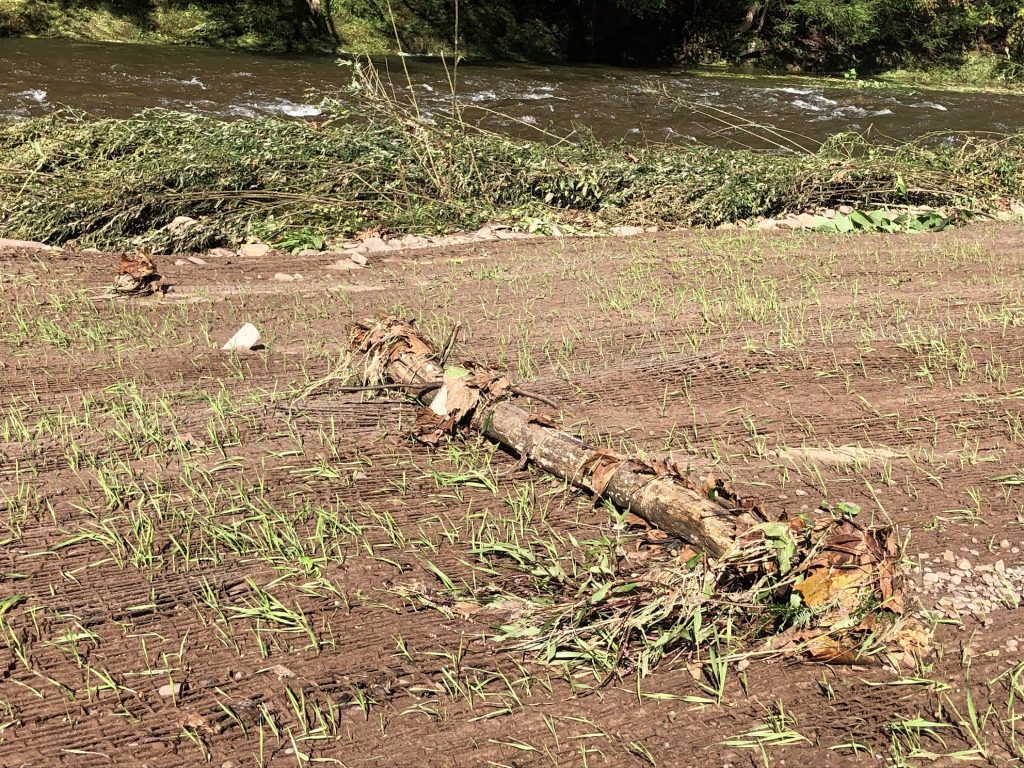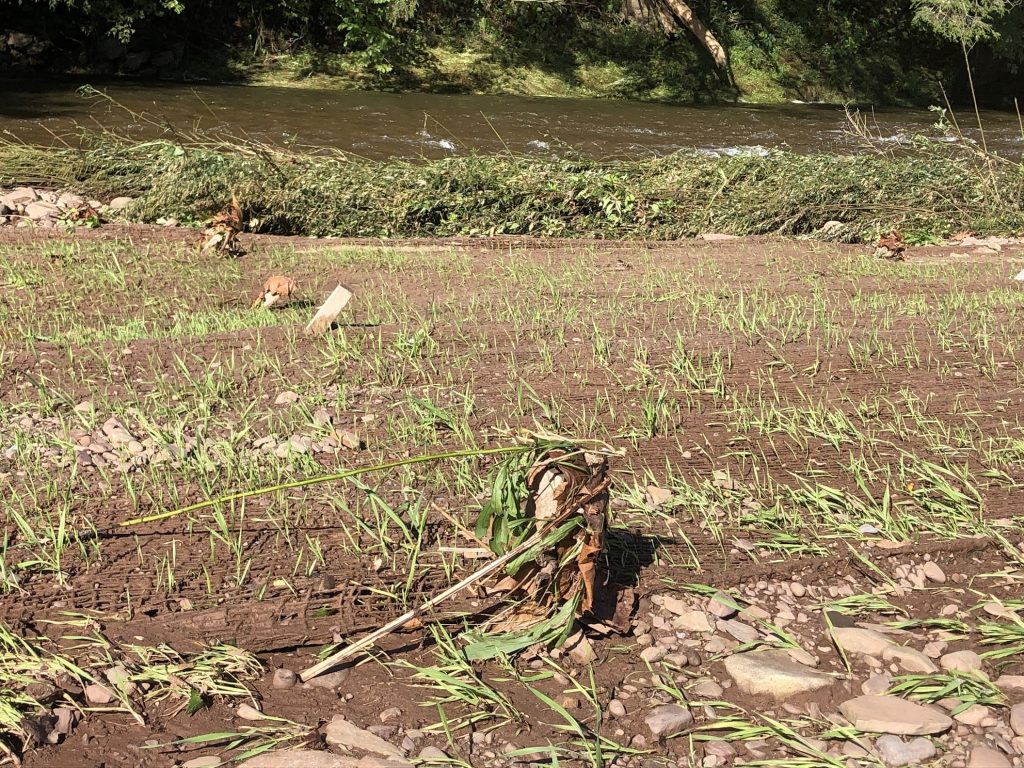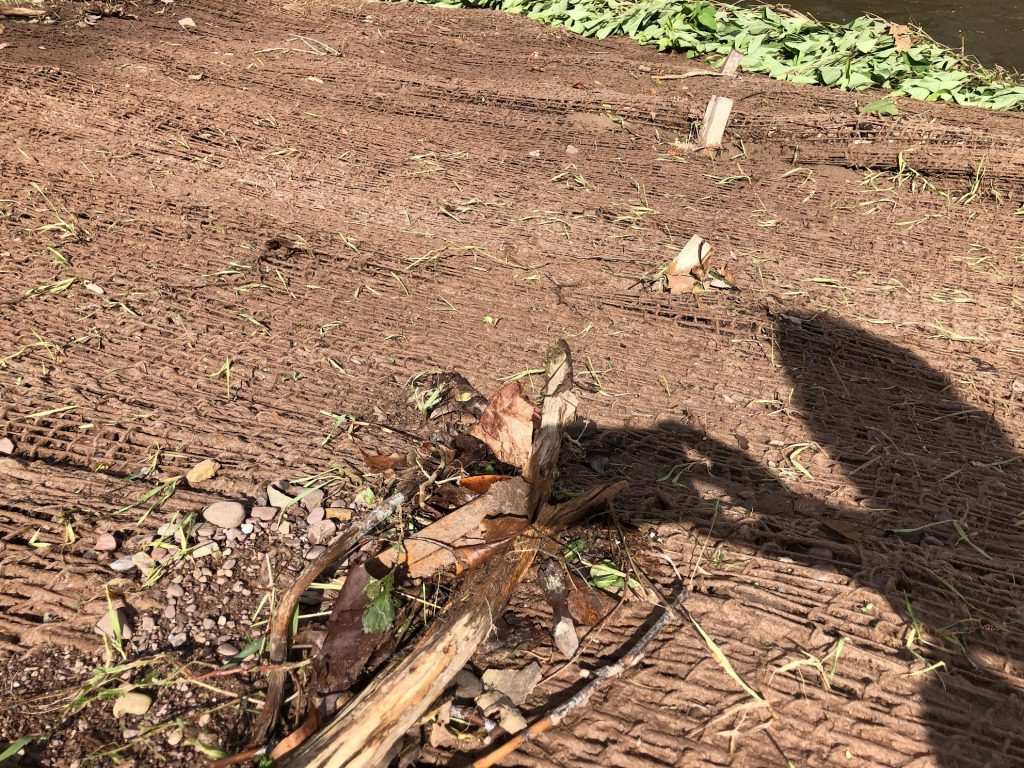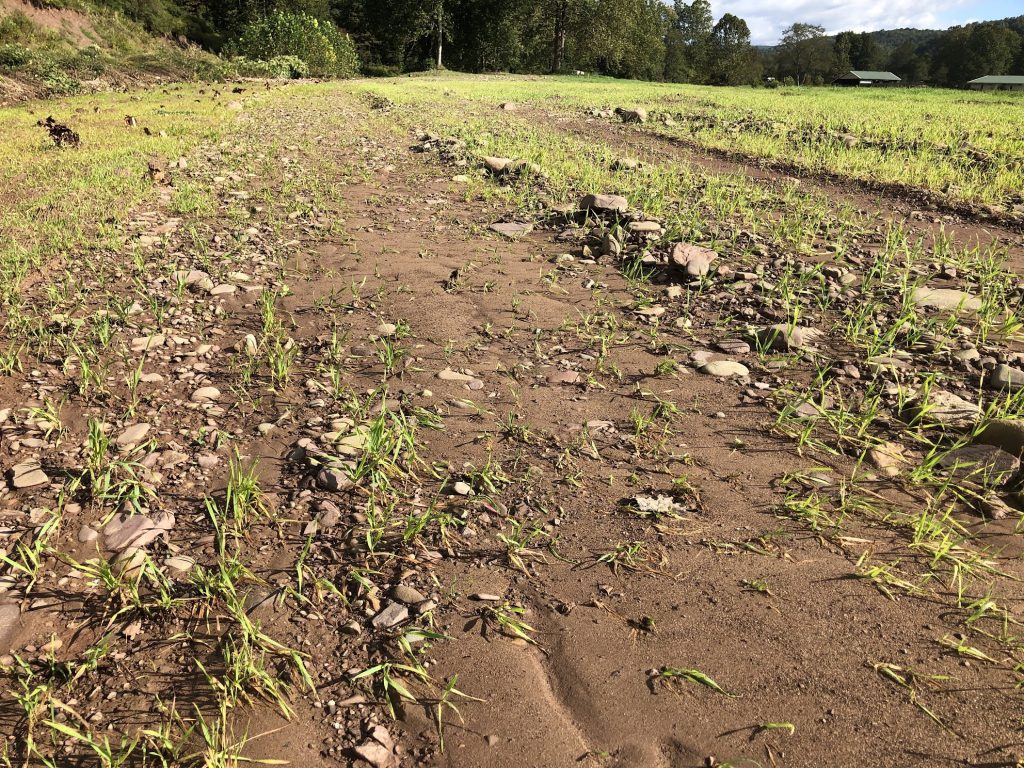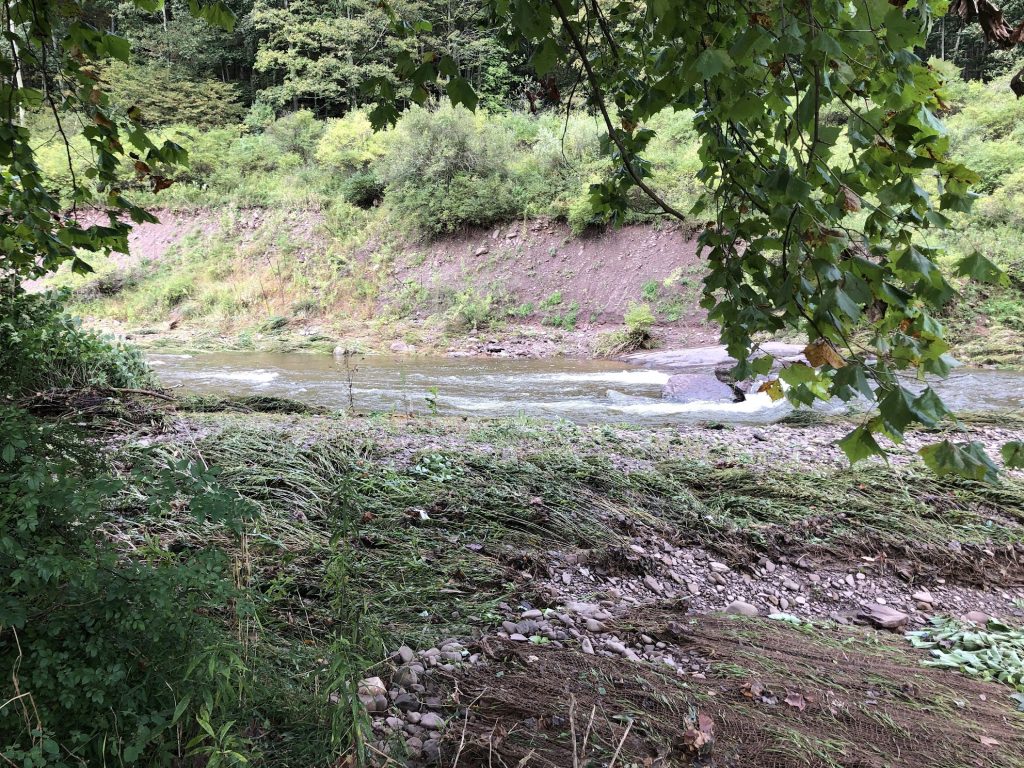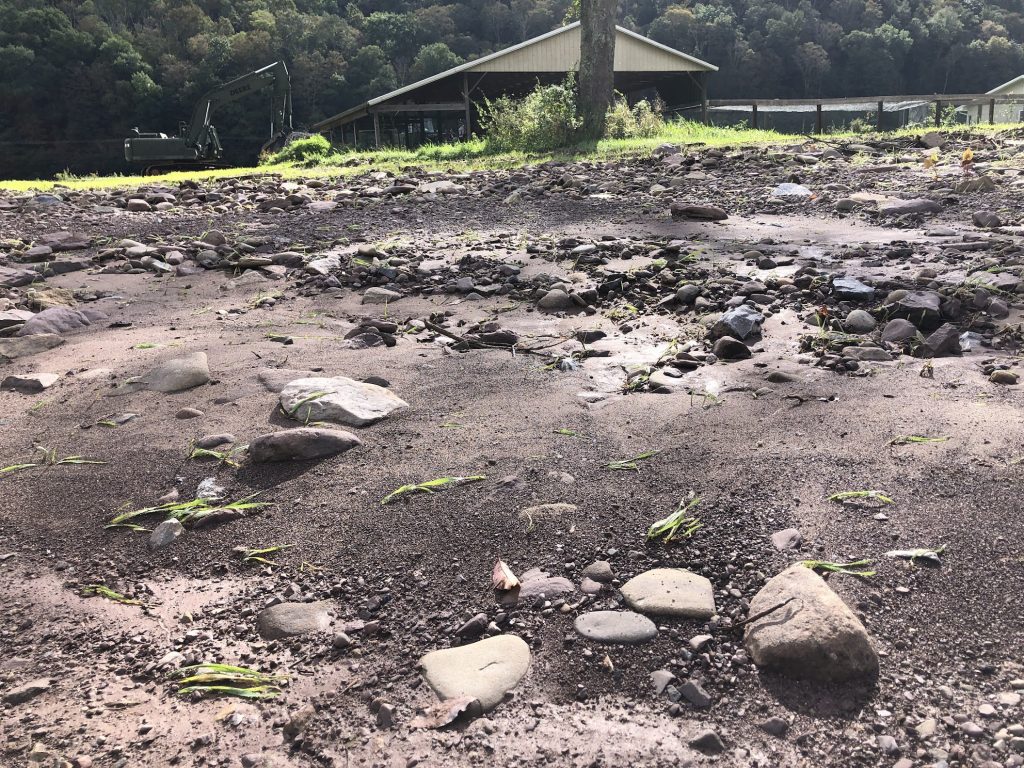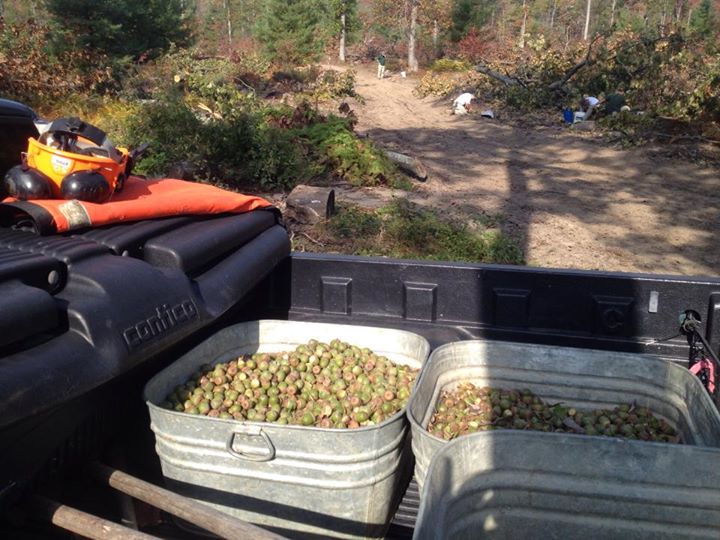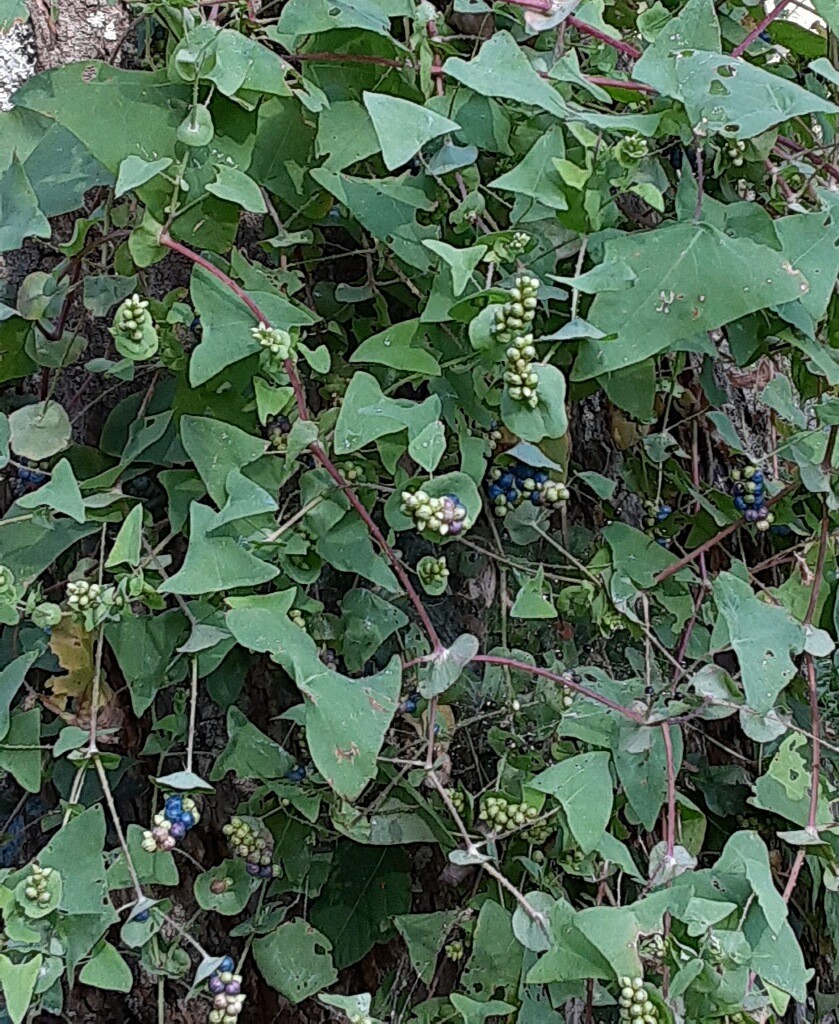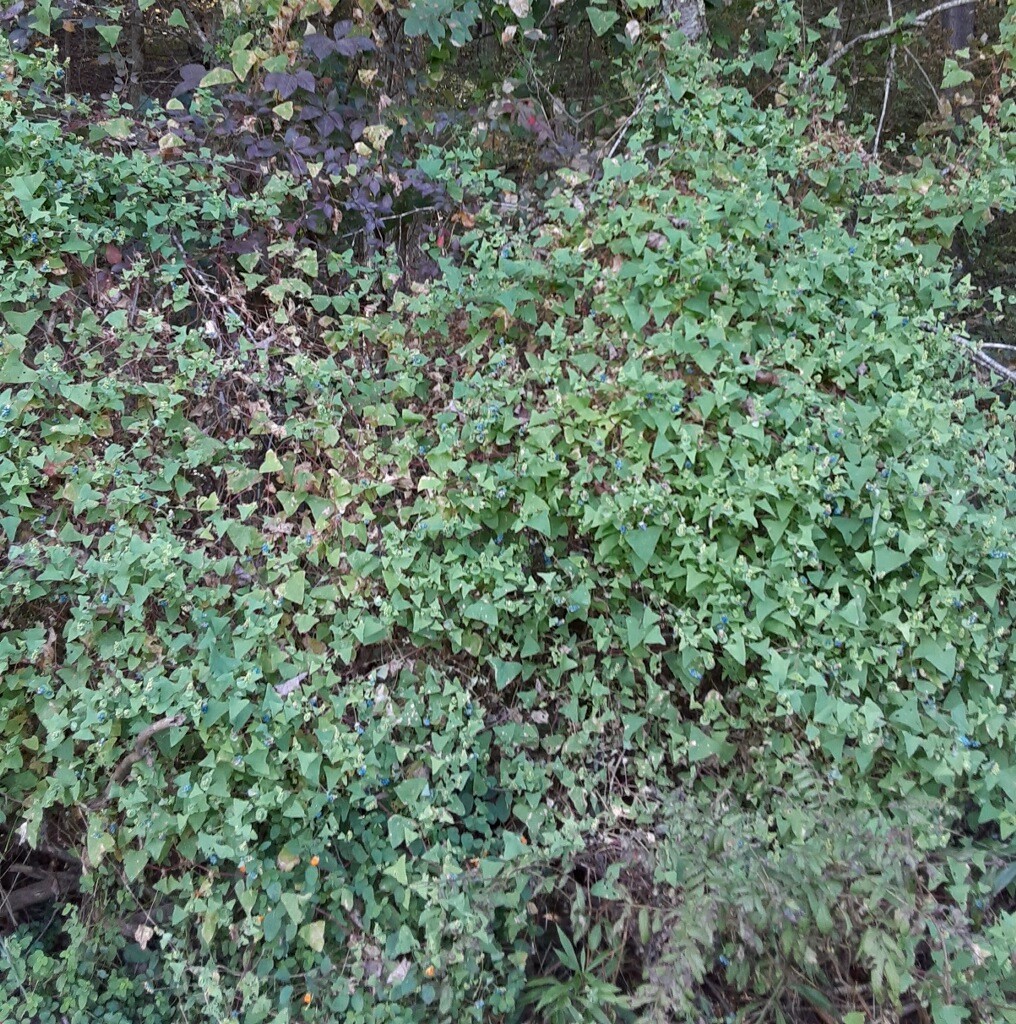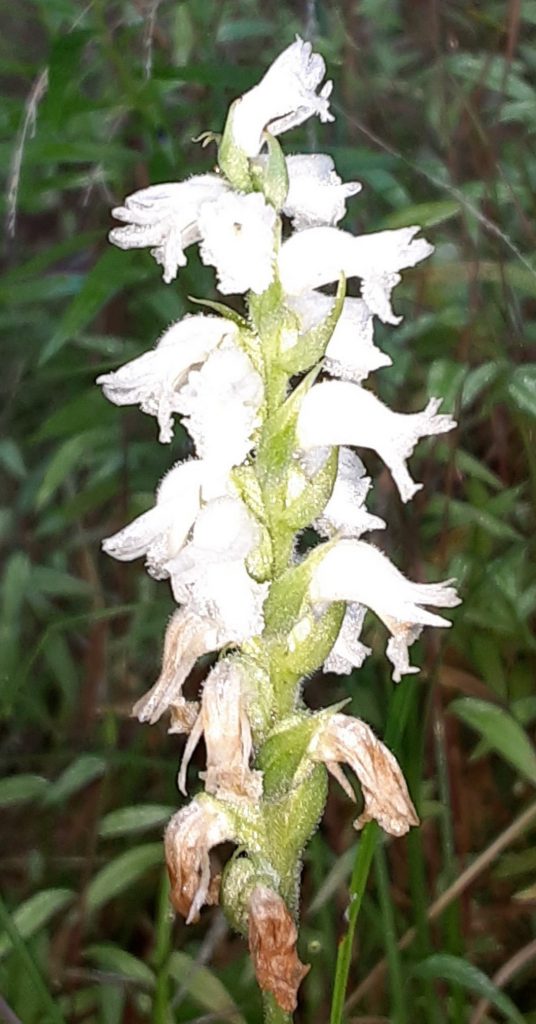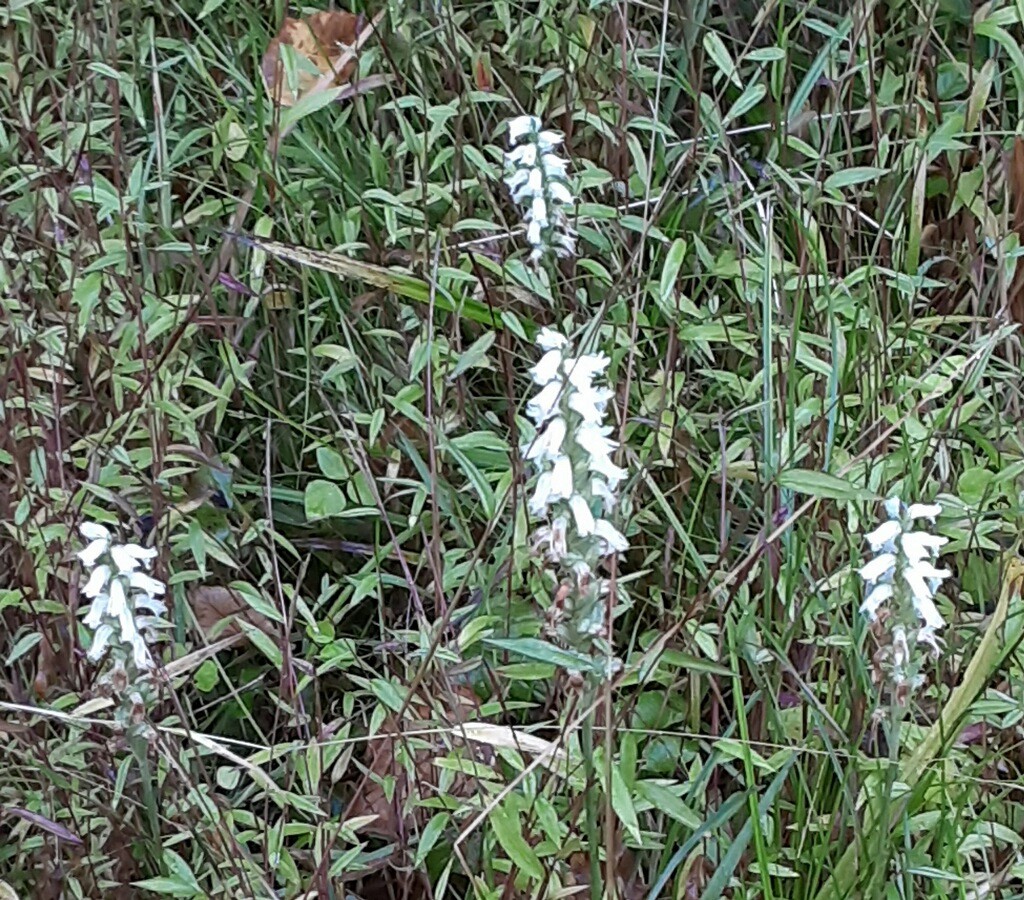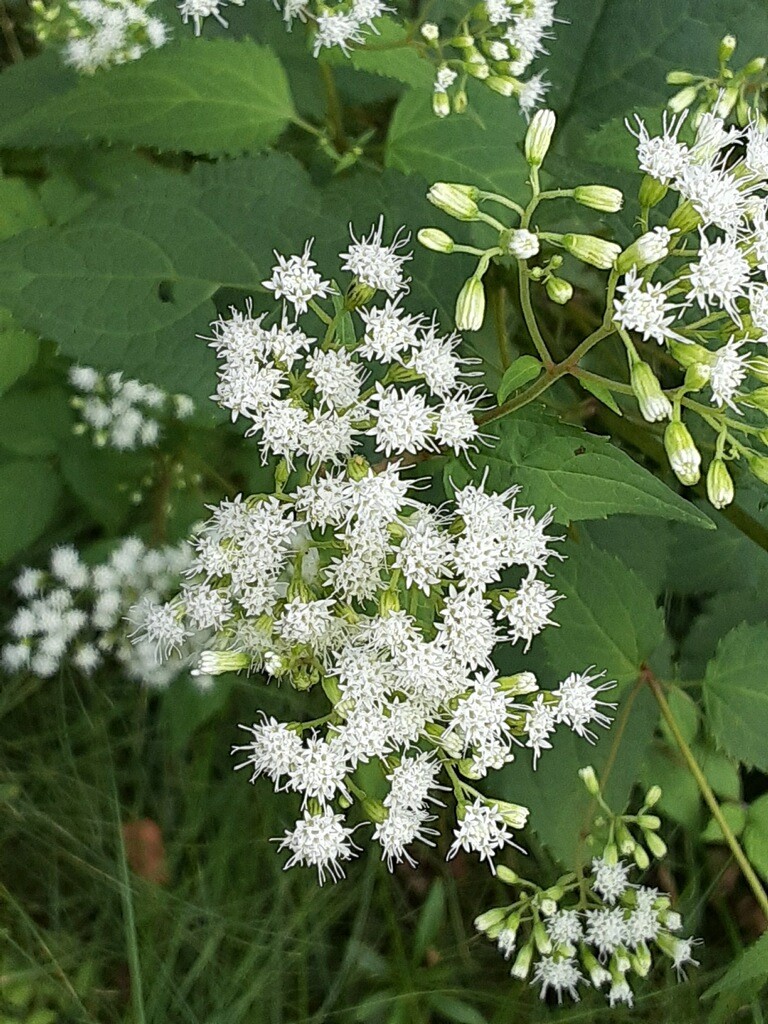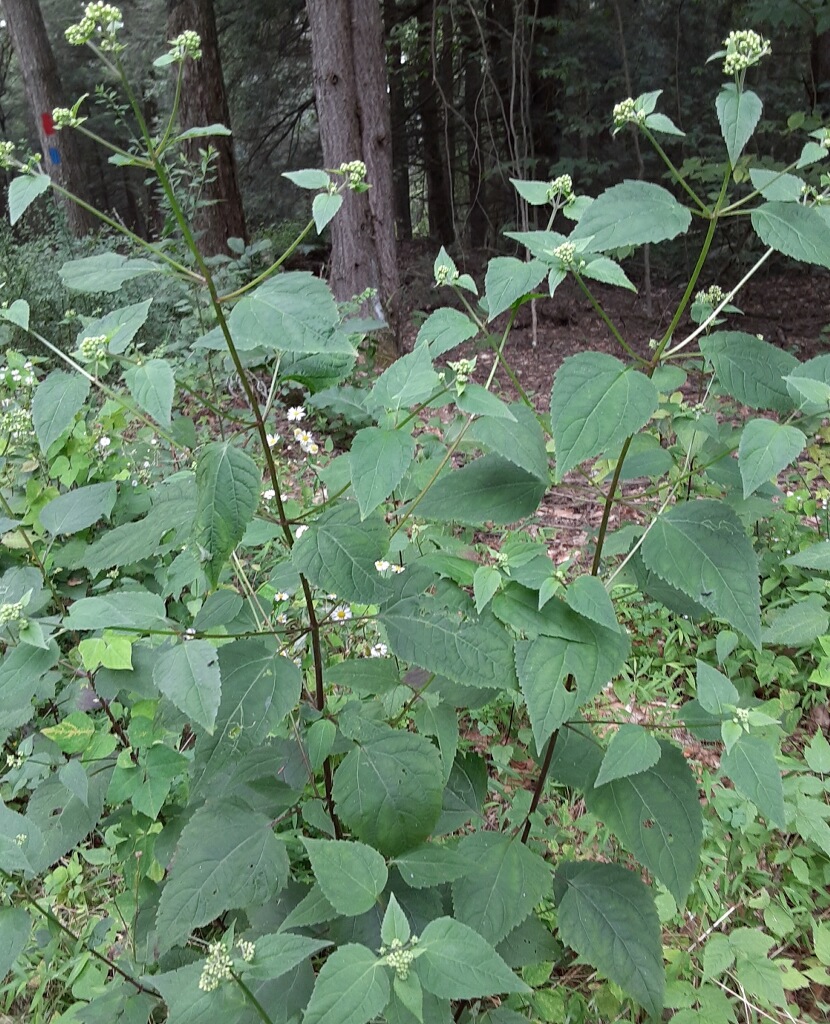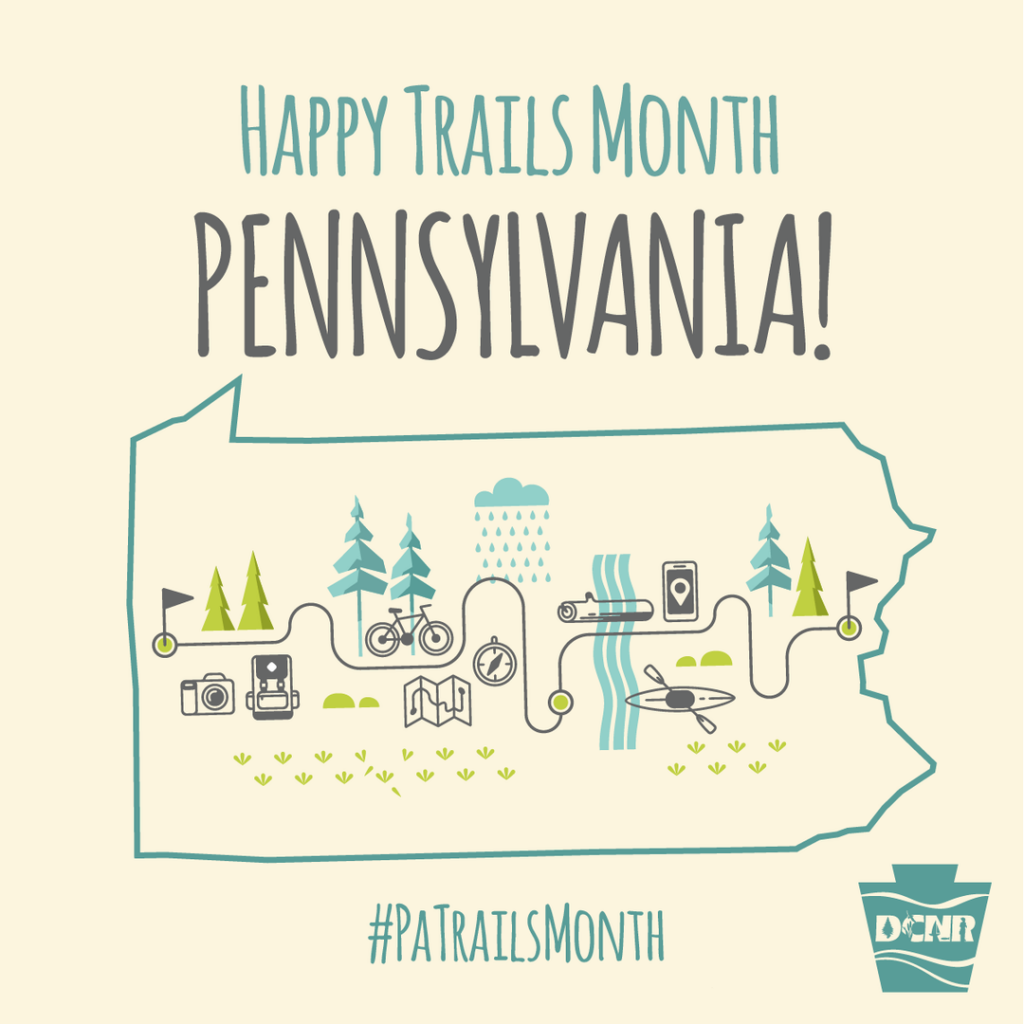The 2021 “stream season” started in January with a stream crossing (and ice on the water) and wrapped up this week with our annual project review meeting (the only ice was in an ice chest with soda and water). The stream partnership, made of up of NPC, DEP, PA Fish and Boat, and the County Conservation Districts in the region, meets twice a year as a group. We meet in the spring to review what is planned for the year and in the fall to review what actually happened.
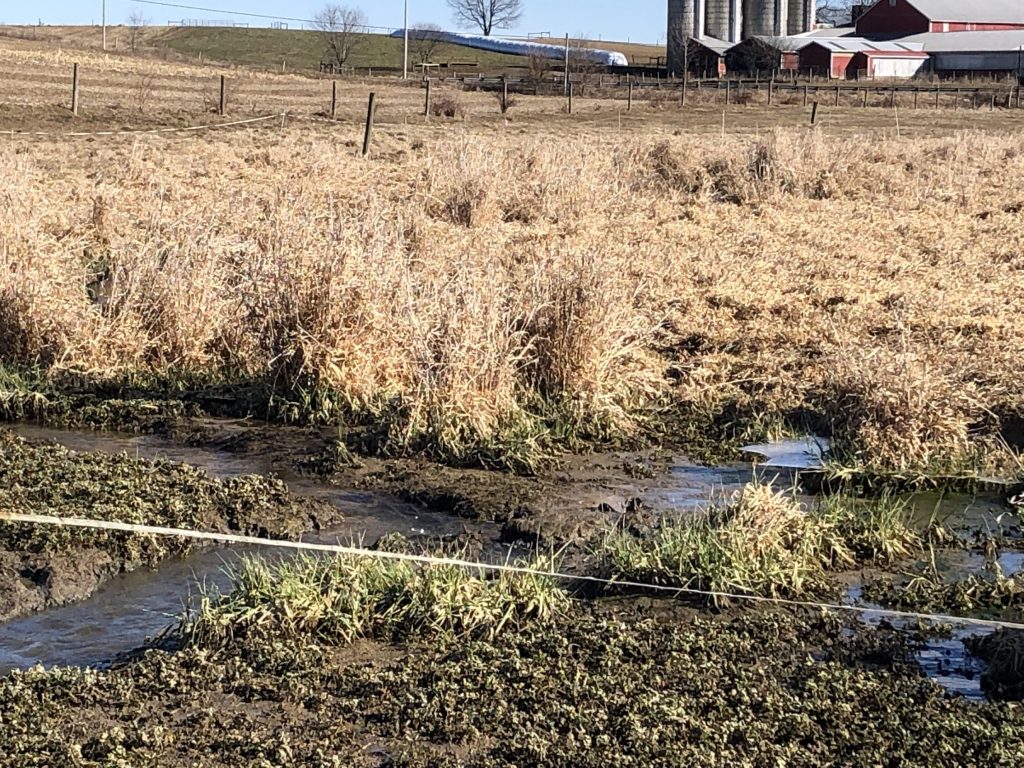
The fall meeting allows each County Conservation District to review a project in their County. While DEP and the PA Fish and Boat Commission are at all the projects, the District staff often only get to see projects in their county. Sharing photos as well as any “lessons learned” or “if I could do it again, I’d do this differently” helps everyone learn more and often generates new ideas.
The partnership is always evolving as staff changes occur in the partner organizations. We took an opportunity this year to ask one of the new staff to explain a technique we use when we can. As the equipment operator breaks the ground, it’s broken up in chunks. The sod is saved and set to the side. The sod is then replaced. The sod will recover more quickly than grass seed will germinate and fill in.
A project along Limestone Run in Northumberland County had the sod technique used. Several large rain storms came through this year. The site made it through the storms, but provide a couple of photos that are a great contrast so you can see the sod versus seeding.
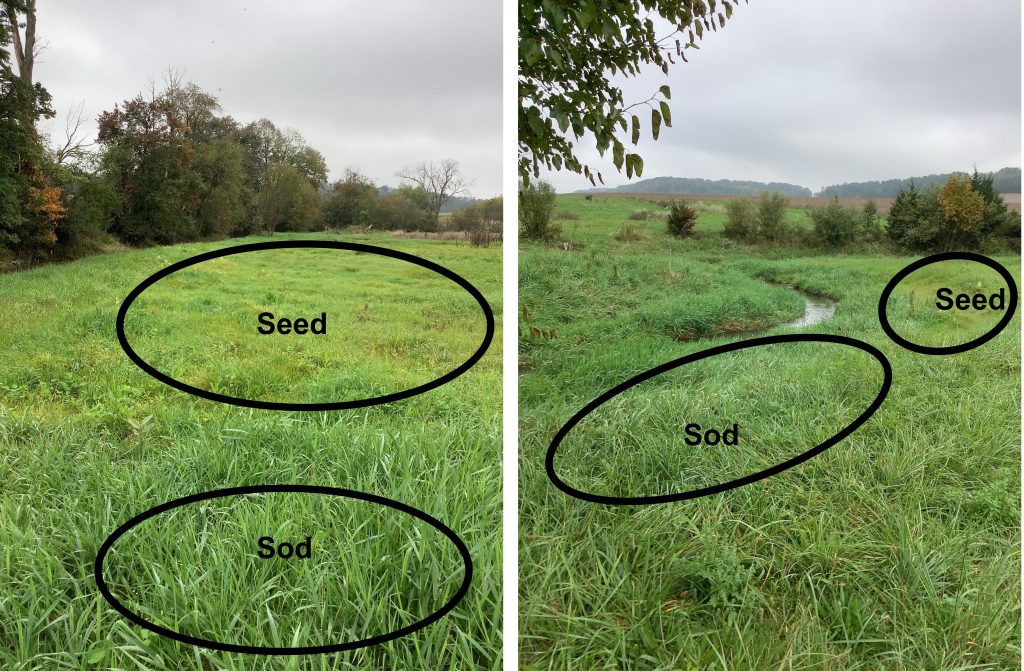
After looking at photos and maps of projects from the 2021 season, the group toured a project. The landowners has been managing the property for a number of years. They allow neighbors and friends to use the property for picnics and birthday parties. The day we stopped a high school hockey team was going to be visiting for a season wrap-up party (including pumpkin decorating).

The landowners recognized the eroding streambanks were a problem and tried fixing it themselves. They realized it was helping, but wasn’t doing enough. The stream partnership worked with the landowner (who is an equipment operator and did the work) to install a series of log structures. Over the series of rain events, some of the topsoil from the final grading washed away, the structures held and are doing great.
The stream partners are already talking about and planning for 2022. Now, if it’s a mild winter and there isn’t a lot of snow, there might be more crossing work and fencing done. You never know.



